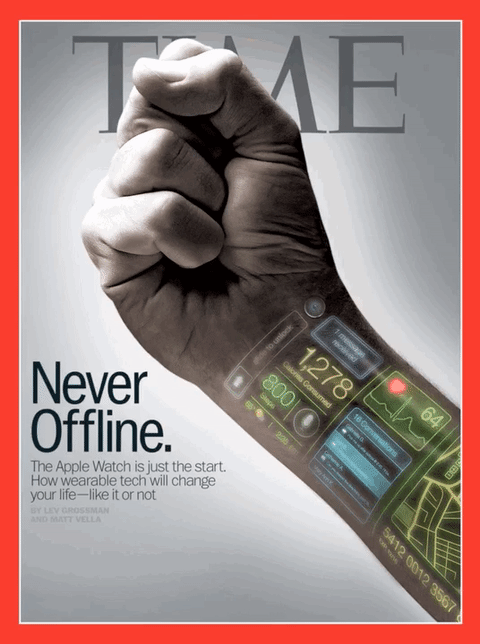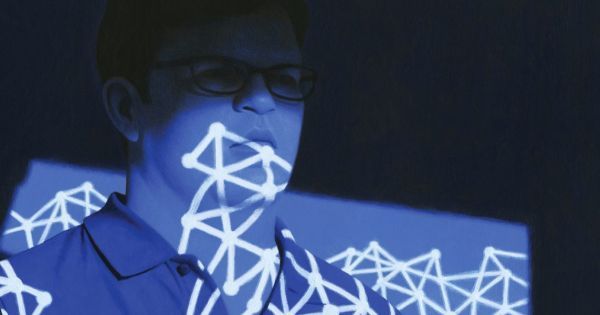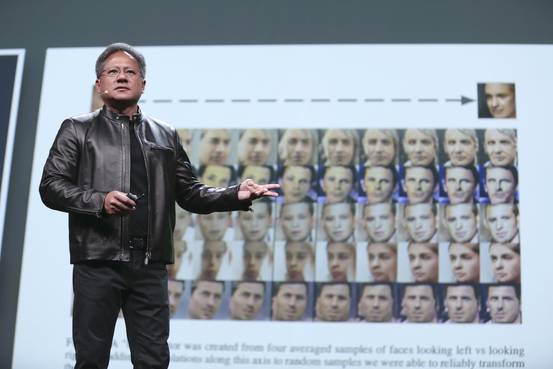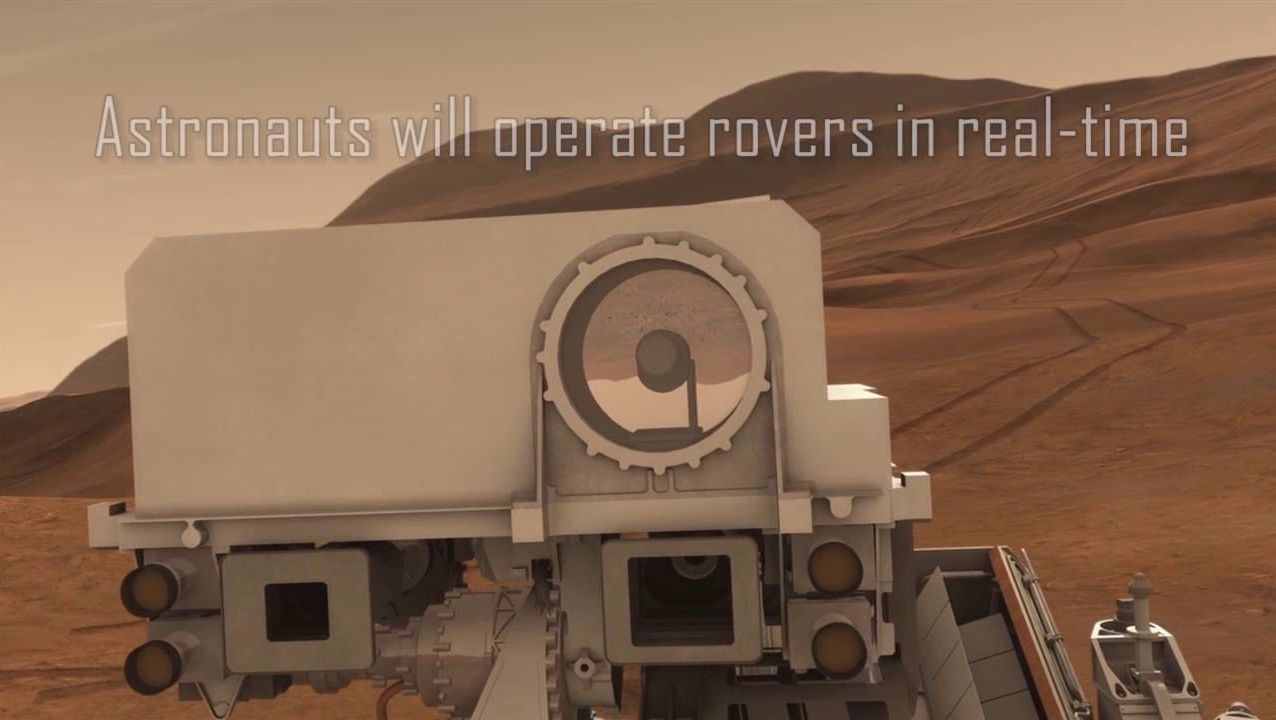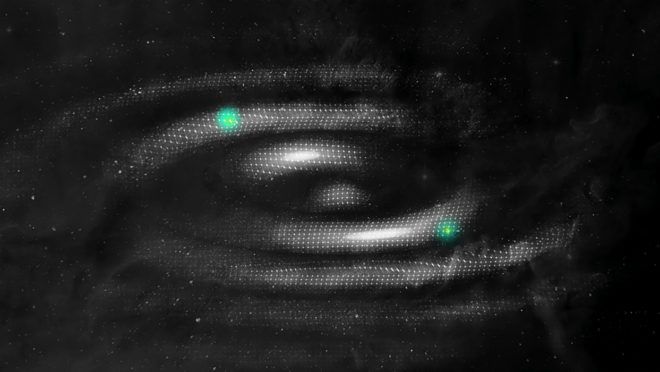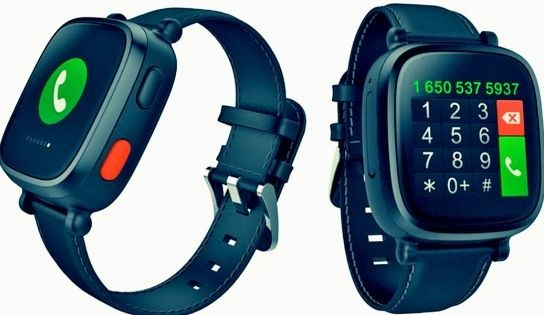Last weekend, an invite-only group of about 150 experts convened privately at Harvard. Behind closed doors, they discussed the prospect of designing and building an entire human genome from scratch, using only a computer, a DNA synthesizer and raw materials.
The artificial genome would then be inserted into a living human cell to replace its natural DNA. The hope is that the cell “reboots,” changing its biological processes to operate based on instructions provided by the artificial DNA.
In other words, we may soon be looking at the first “artificial human cell.”


